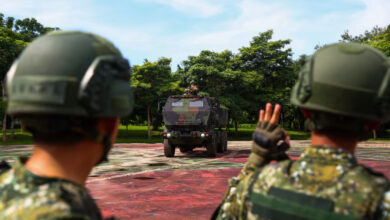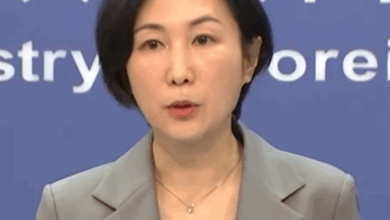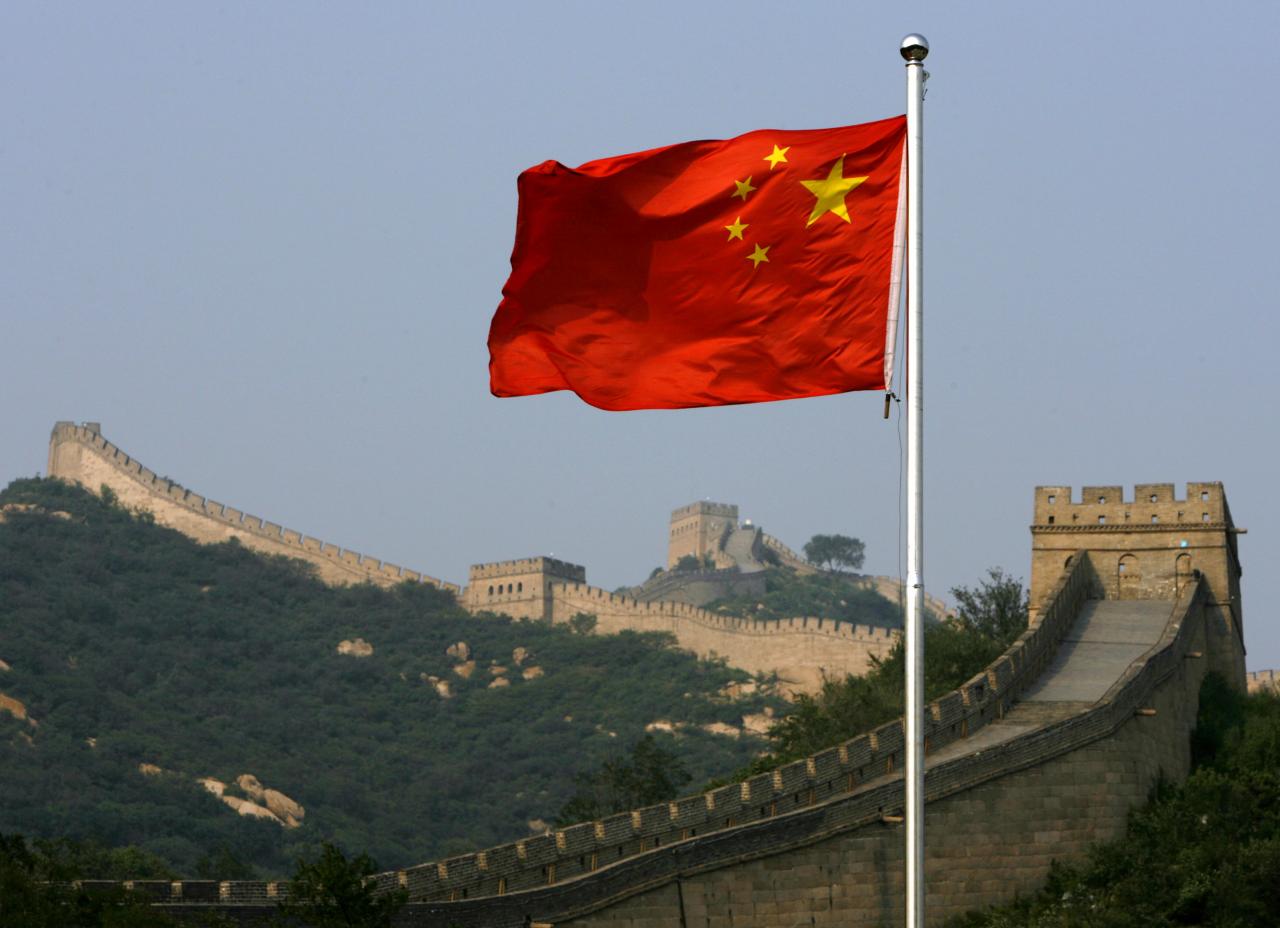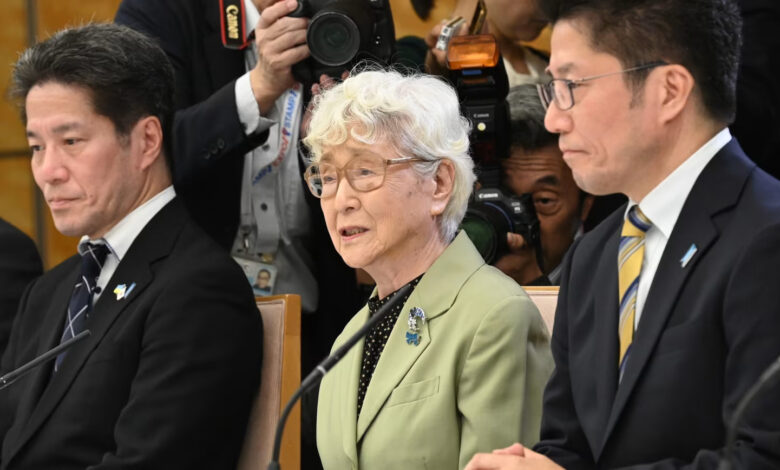
For the families of Japanese citizens abducted by North Korean agents decades ago, this week is perhaps the best shot they’ve had in years of substantive progress.
Not only does Japan have a new prime minister, but US President Donald Trump is in their part of the world, with unfinished business when it comes to the return of their loved ones.
Japan says at least 17 of its citizens were snatched by North Korean agents in the late 1970s and 1980s – alongside hundreds of unexplained cases. Five citizens were returned in 2002; some families are still waiting.
Pyongyang disputes the total number taken and says some died in traffic and drowning accidents, as well as suicide, and it considers the matter over.
Families met with Trump and new Japanese Prime Minister Sanae Takaichi on Tuesday and, while holding photos of their lost family members, asked if he’d put their case to North Korean leader Kim Jong Un.
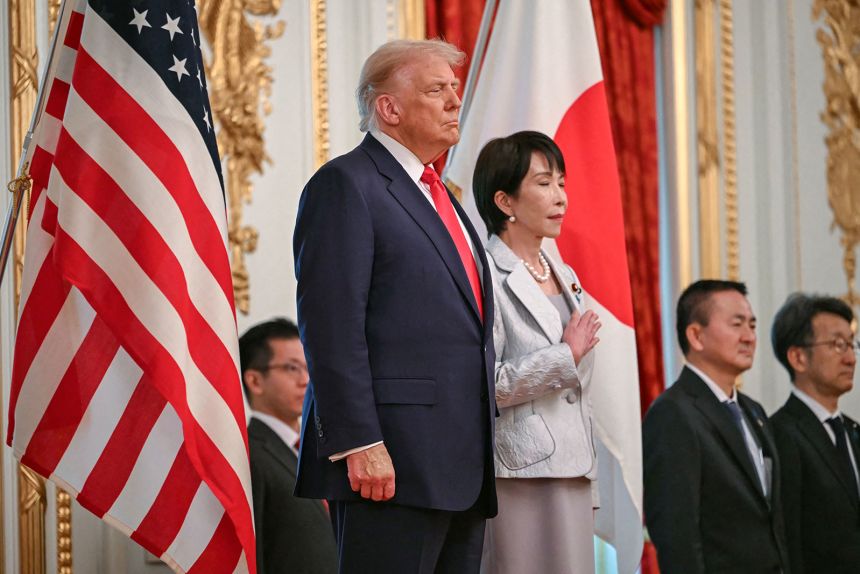
No Trump-Kim meeting has been formally scheduled, but South Korea’s unification ministry stoked speculation last week, saying North Koreans had been “spotted cleaning, pulling grass, arranging flower beds, pruning and taking photos of the North Korean facilities” at Panmunjom, the peace village inside the demilitarized zone (the DMZ), that separates the two Koreas.
Trump, meanwhile, has repeatedly raised the prospect of an impromptu visit to the DMZ. On Monday as he flew to Japan and told reporters on board Air Force One he was open to extending his Asia trip, which ends in South Korea, for a meeting with Kim.
“I’d love to meet with him if he’d like to meet,” Trump said. “I got along great with Kim Jong Un, I liked him, he liked me, if he wants to meet, I’ll be in South Korea.”
Asked again on Tuesday, he replied: “We’ll see what’s going on”.
Trump and Kim last met a the DMZ in 2019, shaking hands across the border in a historic moment hurriedly organized when Trump posted a speculative invitation on social media.
It was the first time a sitting US President had set foot on North Korean soil. In the end the meetings produced no substantive breakthrough for either side.
North Korea, which frequently condemns the US in its daily state media missives, certainly hasn’t ruled out a meeting with Trump. Kim said in a speech last month that he had “good memories of President Trump,” according to state media.
An advertorial to appeal to Americans
Trump has previously embraced the cause of those who lost their loved ones to North Korea. Tuesday’s meeting was their third since 2017.
In 2019, he stood beside then-leader Shinzo Abe, and said: “You have a great prime minister. He loves this country. He loves you. And we will be working together to bring your relatives – your daughters, your sons, your mothers – home.”
He repeated similar phrases on Tuesday, telling the families that Takaichi was going to be a “great prime minister.”
“It’s my honor to be with you again. And we will do everything within our power,” Trump added.
But little has happened since Abe left office in 2020 (he was later assassinated in 2022). The issue passed to three more prime ministers, with no real signs of progress.

In March of this year, then-Japanese PM Shigeru Ishiba took out an advertorial in the Washington Post to inform Americans of the situation and appeal for international support.
In the advertisement, Sakie Yokota, who at 89-years-old is the last surviving parent of an abductee, made a direct appeal to Trump, with a dose of flattery in the hope that the US leader doesn’t abandon them.
“I am greatly counting on the Trump administration because of his strength,” she said. “I fervently hope that President Trump will make a significant push for the abductees’ return home.”
The abductions appear to have been part of North Korea’s espionage program, with a 2014 UN report finding the abductees “were used to teach the Japanese language, accent and culture to (North Korean) spies in training; to enable the study of Japanese identification documents in order to better falsify them; and allow (North Korean) agents to pass themselves off as being Japanese, using the identity of the abducted person.”
Kidnapped on the way home from school
Yokota’s daughter Megumi is perhaps one of the most well-known of Japan’s abductees. Then 13, Megumi vanished in 1977 on her way home from school in the coastal city of Niigata.
Photos later emerged showing her in North Korea, where she was known to have married and given birth to a daughter. In 2014, Sakie and her husband Shigeru met that child, Kim Eun-gyong, then 26, during a meeting in Mongolia arranged by Japanese and North Korean officials. North Korean officials had told them that Megumi died in 1994 from suicide, a claim repeated by her daughter.
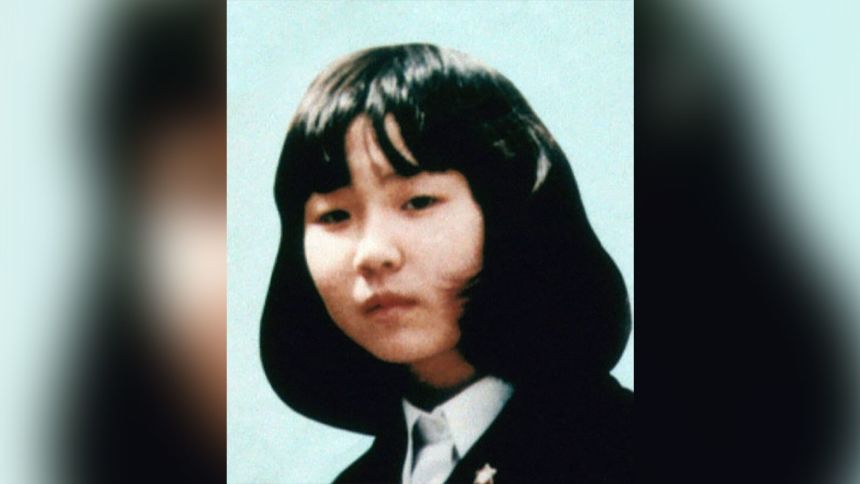
But the family refuses to believe she is gone. Shigeru died in 2020, leaving his wife to continue the search. Now Sakie hopes Takaichi, as Japan’s first female prime minister, will bring new energy to their quest for answers.
“She is the first female prime minister … I feel that her feelings as a mother may lead her to tackle this issue seriously from a different angle,” Sakie said during a news conference last week.
Hajime Matsumoto, the older brother of Kyoko Matsumoto, who disappeared in 1977 as she was leaving her home to attend a knitting class, said he was also hopeful of progress under Takaichi.
“Until now, only men have become Prime Minister, and many of them say ‘I’ll do it, I’ll do it,’ but then don’t,” said Hajime. “This time, the prime minister is a woman, so I believe she will be persistent and patient, and will probably keep striving until she can meet with the person she needs to meet.” According to the Japanese government, North Korea denies that Hajime’s sister Kyoko entered its territory – Japan believes otherwise.
Takaichi, an Abe protégé who shares his conservative, hawkish views, met the families last week and says she’s prepared to meet Kim to discuss the issue.
“I myself will exercise leadership in my own way and strive to break through no matter what,” she said.
But the families of the abductees know that Takaichi is only one part of the puzzle. They hope that she, like Abe, will press Trump to raise their plight with Kim.
“We hope to remind him to convey to Chairman Kim Jong Un in the case of a US-North Korea summit, that things cannot move forward unless the abduction issue is resolved,” said Yokota, who is also head of the Association of Families of Victims Kidnapped by North Korea.
Kenichi Ichikawa, the older brother of Shuichi Ichikawa, who disappeared with his partner on a beach in 1978, said ultimately, only one man can give them what they want.
“The only one who can return the victims, the family members, is Kim Jong Un.”
CNN’s Riku Inoue, Junko Ogura, Gawon Bae and Betsy Klein contributed to this report.

